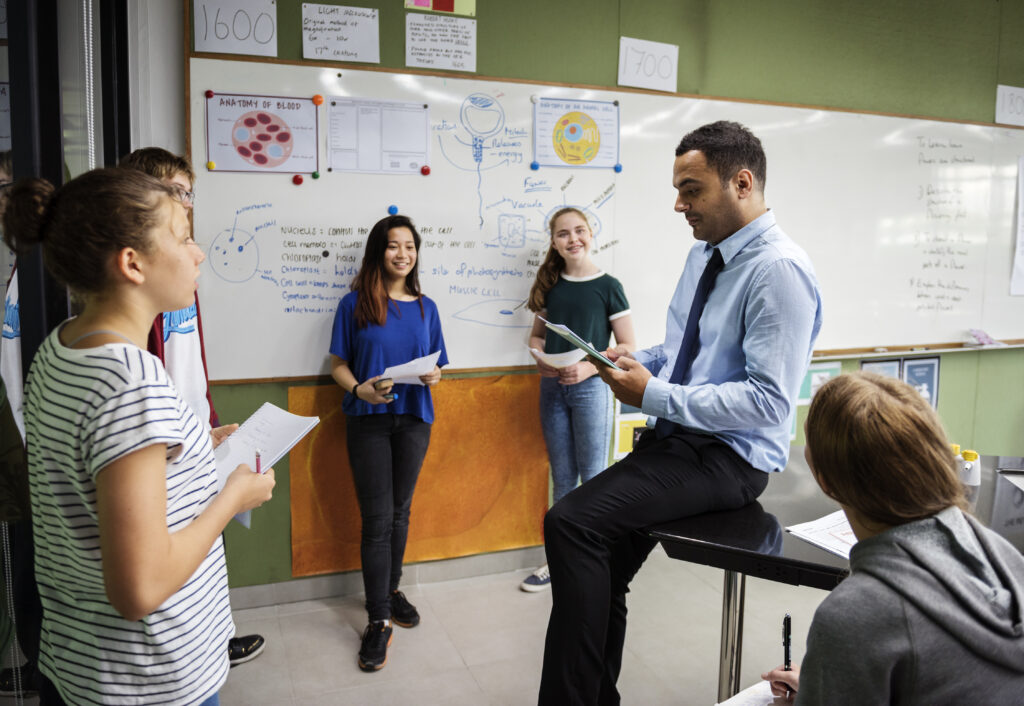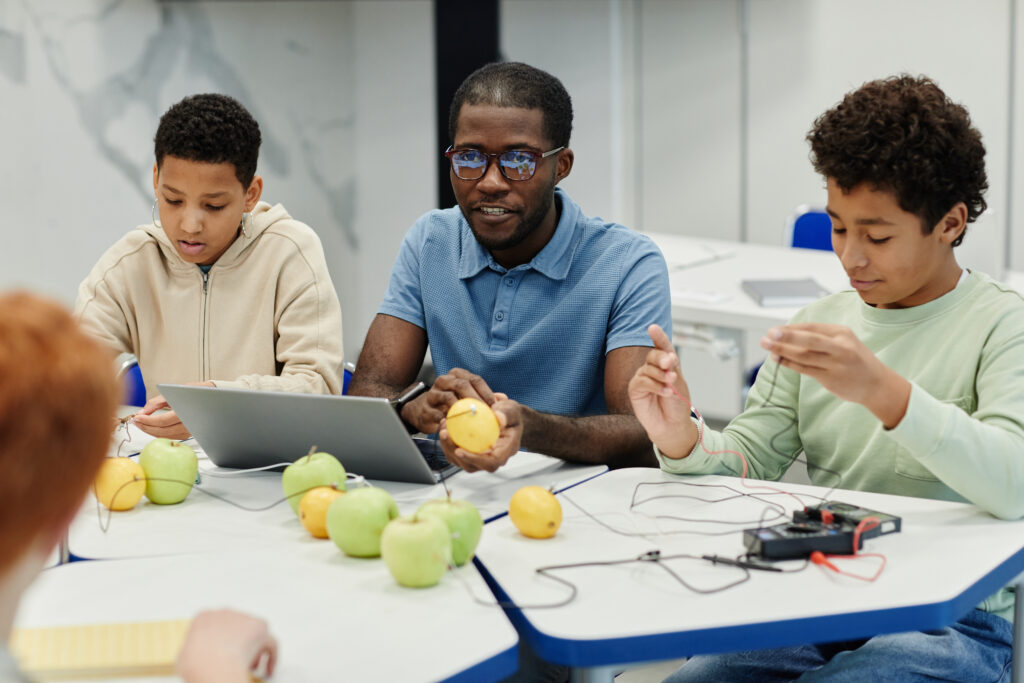Improving mathematics instruction to better prepare students for post-secondary education


In response to hearing the stories of students struggling with mathematics during their first year, Richard realized he had to shift his approach to teaching seniors mathematics. He not only aligned his curriculum and practices to what colleges might expect, he also developed a project-based finance course that helped students understand the complexities of paying for college.
Richard used a project-based approach to his senior math class at High Tech High International. Students conducted interesting projects and gave the class glowing reviews. After a few years, however, Richard began to hear from former students that they felt unprepared for the math coursework they faced in college.
Richard wrestled with how to continue his project-based approach to mathematics while also integrating college preparation into his courses. This required him to lean into his humility, patience, and authentic care for his students. Richard humbly noted that he was an educator who has always wanted to improve both his practice and curricula, a practice supported by the culture of feedback at his school.

Richard decided to conduct interviews with his former math students to understand more about the disconnect between high school math and college math. He asked them to describe their college experiences and unpack their success and struggles. In order to learn even more about what college level mathematics was asking students to demonstrate, he researched curricula of several local colleges looking for ways to help students feel more confident in their transition.

Based on what he heard from former students, Richard overhauled his curricula to match the expectations they described. These changes included shifts in content, aligned assessments, and study skills support. He also created a more attuned classroom; one that honors each student’s learning style and creates differentiated experiences to match these unique styles. He made these changes all while maintaining the school’s culture of collaboration, relevant and meaningful connections, and student-centered learning.
One example of Richard’s responsiveness to student input was the creation of a mathematics finance unit. Richard heard from students that they were unprepared for the complexity of paying for college; especially navigating loans, offer letters, and financial expectations from different colleges. As he notes, “The shift to the finance project was due to surveys of students and how they told me one of the main reasons for dropping out of college was actually finances, right along with first year structures and rigor.” Richard created a unit that attended to these complexities in order to better prepare students for their transition to college.

Subsequent student interviews and messages with students showed a marked improvement in students feeling prepared for college level mathematics and navigating the financial landscape of paying for college. He noted that his former students who chose STEM majors that require advanced math are now succeeding. And students who are not pursuing a STEM career report that they successfully tested out of the college math requirements after his course.
Richard learned invaluable information from empathizing with students’ experiences and feelings. His approach to improvement required humility, patience, and authentic care for students.
There’s more than one way to build a student-powered classroom. Explore these resources to get started.


